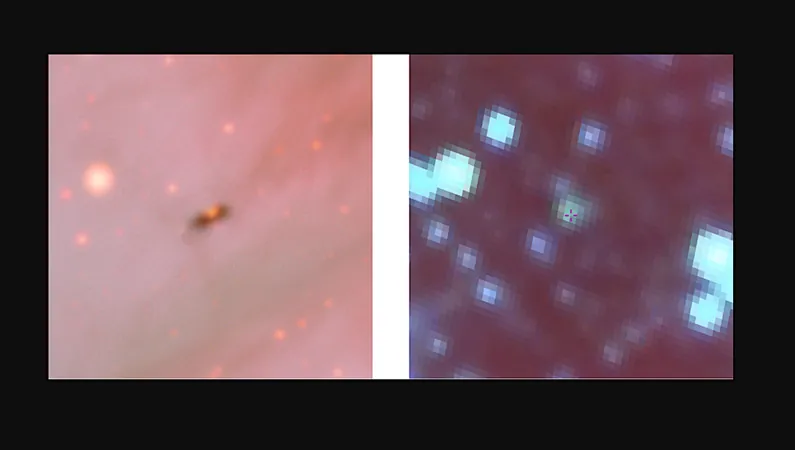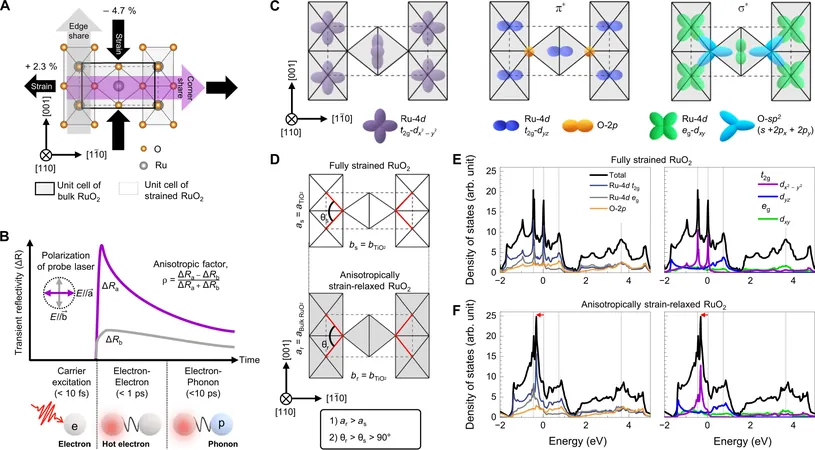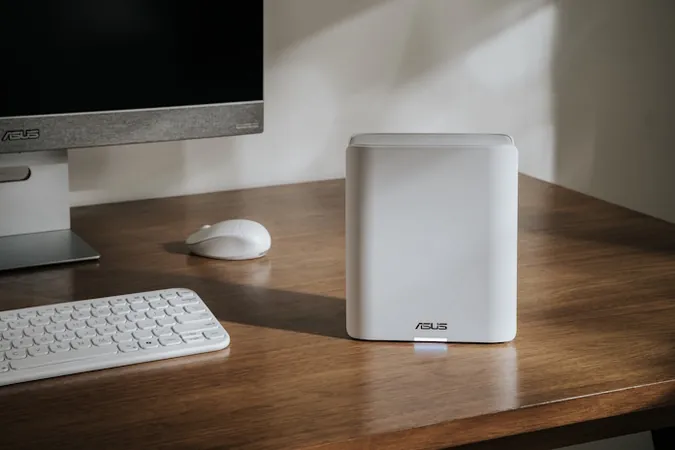
Stunning Discovery: Proplyd Disk Unveiled by Rubin Observatory!
2025-07-17
Author: Li
On June 23, 2025, the world was treated to dazzling new images from the groundbreaking NSF–DOE Vera C. Rubin Observatory, and already, thrilling discoveries are surfacing!
A Glimpse of Beauty in Space
Among the stunning visuals shared was a striking image of two iconic star-forming regions in our Milky Way galaxy: the Trifid Nebula (Messier 20) and the Lagoon Nebula (Messier 8). This incredible shot, compiled from a remarkable 678 exposures over 7.2 hours, showcases the Rubin Observatory’s extraordinary capability to capture vast areas of the night sky.
An Elusive Proplyd Discovered!
In an exciting breakthrough reported in the latest Research Notes of the AAS, scientists Mahdi Zamani and Travis Rector announced finding a potential circumstellar or protoplanetary disk situated on the edge of the Trifid Nebula. This disk appears to be enveloped by wispy clouds of gas and dust, igniting curiosity about its origins.
However, some questions remain. The current data doesn’t indicate any ionized gas around the disk, leaving scientists pondering whether it can be officially categorized as a proplyd. Located about 7.5 light-years from HD 164492A, a powerful O-type star energizing the nebula, this disk could be influenced by the star's intense radiation.
A Disk of Incredible Dimensions
What makes this discovery even more extraordinary is the size and location of the disk candidate. With an estimated diameter of 4,000 astronomical units (au), it's larger than most known circumstellar disks. Finding such a disk outside the nearby Orion Nebula is a rarity in astrophysics, as regions farther away require much finer resolutions to study.
Previously, astronomers attempted to locate protoplanetary disks within the Trifid Nebula but had little success. They primarily found disks around hot stars in the cluster's heart, leaving this particular disk unexplored until now. Earlier searches may have missed it due to limited coverage or inadequate resolution.
A New Era of Discovery
Thanks to the Rubin Observatory’s exceptional broad field of view and high-resolution capabilities, researchers are now poised to uncover the mysteries of our universe like never before. This potential proplyd disk might just be the beginning of a series of groundbreaking discoveries that could reshape our understanding of star and planet formation!




 Brasil (PT)
Brasil (PT)
 Canada (EN)
Canada (EN)
 Chile (ES)
Chile (ES)
 Česko (CS)
Česko (CS)
 대한민국 (KO)
대한민국 (KO)
 España (ES)
España (ES)
 France (FR)
France (FR)
 Hong Kong (EN)
Hong Kong (EN)
 Italia (IT)
Italia (IT)
 日本 (JA)
日本 (JA)
 Magyarország (HU)
Magyarország (HU)
 Norge (NO)
Norge (NO)
 Polska (PL)
Polska (PL)
 Schweiz (DE)
Schweiz (DE)
 Singapore (EN)
Singapore (EN)
 Sverige (SV)
Sverige (SV)
 Suomi (FI)
Suomi (FI)
 Türkiye (TR)
Türkiye (TR)
 الإمارات العربية المتحدة (AR)
الإمارات العربية المتحدة (AR)